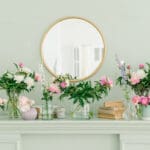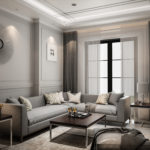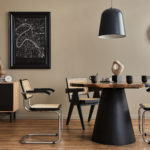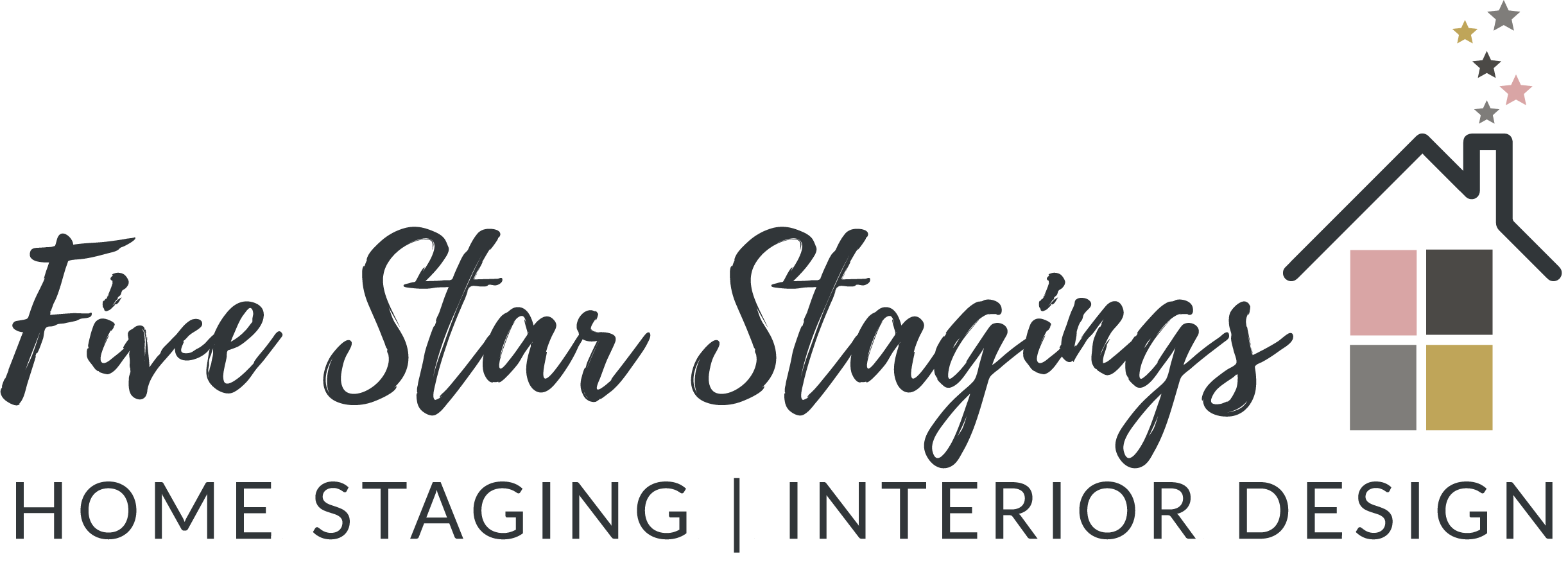
Spring Home Refresh: Staging and Design Ideas to Welcome the Season
As winter fades and the days grow longer, spring presents the perfect opportunity to refresh and brighten your home. Whether you’re preparing to sell your
Adding plants to your home’s interior brings a beautiful pop of color, freshens the air, and benefits your health in a variety of ways. But, scattering a few random pots around the place won’t cut it when it comes to decorating – especially if you’re in the process of home staging.
Read on to learn the right ways to use plants in interior design and formulate a plan for your greenery before you hit the nursery!
When using plants in home design, you’ll want to start by walking through your home and deciding where each piece should go – much as you would with new furniture or artwork.
Consider size and color, as well as how much light each room gets. It’s also essential to plan for the future by reading how much each individual plant will grow before making a purchase. Otherwise, you might end up with a messy looking or overgrown jungle, rather than a professionally designed interior – or a neatly staged home set to sell.
Adding plants in home staging will only serve its desired purpose, making your house look better, if you are able to keep the added greenery looking fresh. Dead plants, on the other hand, can look depressing and detract from your already staged space.
Choose species that require little upkeep if you don’t have a green thumb. Some hard to kill options are actually lovely, including snake plants, palms, monstera, creeping vines, succulents, and cactus.
No matter which plants you choose, be sure that each pot has something underneath it to catch water – this can help preserve floors and furniture, alike!
Once you’ve selected some good, basic house plants, it’s safe to sprinkle a few faux options in, too. Using a mix of real and fake plants will make upkeep less effort. And, unless they’re looking extremely closely, the chances are good that nobody will ever notice if a few of your recent additions are actually made of plastic.
This strategy will allow you to incorporate hard to grow specimens. It also lets you put plants in hard to reach places that you won’t be able to water all the time.
As you’re plant shopping, try to add some different dimensions to the space. For example, a long hanging vine or tall potted tree can help ceilings look higher. Wall planters can also spruce up a spartan or all-white space, keeping your house from looking boxy.
You might also want to add plants around lighting fixtures, canopies, and high-up shelving. Just be sure that your eye wanders up and down as you scan each room to avoid a green ring of foliage, all on the same level. This gives the look of a professionally designed interior, rather than an indoor garden.
Now that you’ve learned a bit about plants in interior design, it’s safe to start shopping. Just remember, you should only select varieties that are safe for both kids and pets when adding greenery in your home design.
Do you need more guidance on home staging in Minneapolis? If so, contact Five Star Stagings today! Our team is standing by and happy to help with all your staging and interior design needs.
Share This Article!

As winter fades and the days grow longer, spring presents the perfect opportunity to refresh and brighten your home. Whether you’re preparing to sell your

Are you looking for ways to make your living room more inviting and cozy? Home staging is a great way to transform the look of

Home staging is becoming more and more popular as people are beginning to realize the benefits of having a staged home. Not only does staging

All Portfolio Photos Are Five Star Staging's Work. Copyright © 2025 Five Star Stagings. All Rights Reserved.